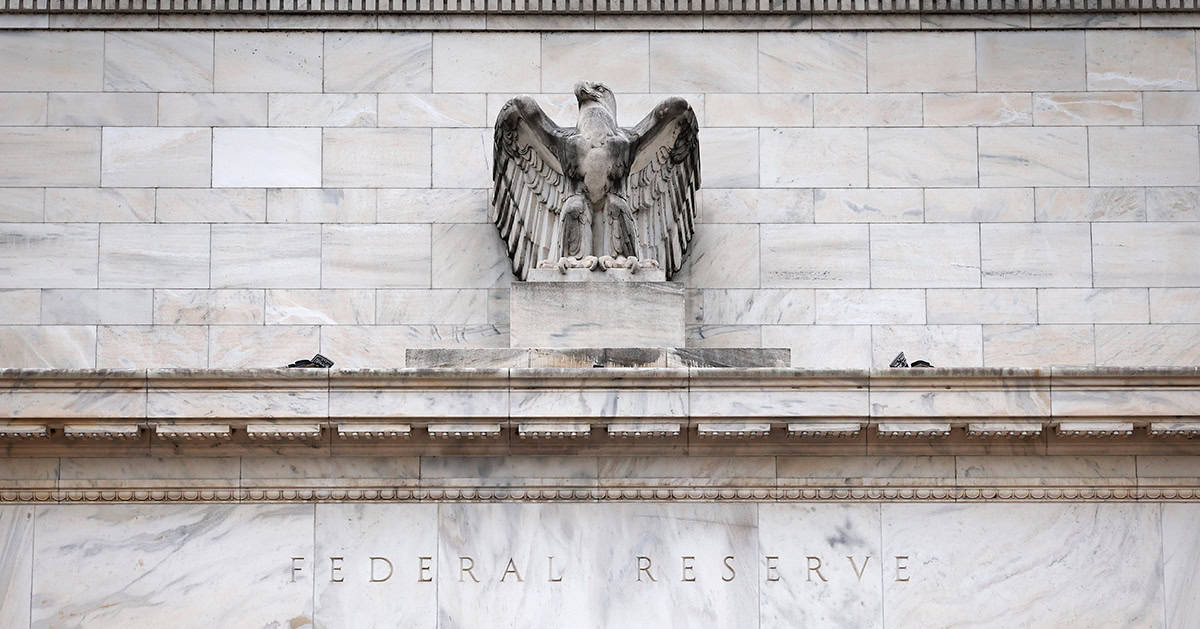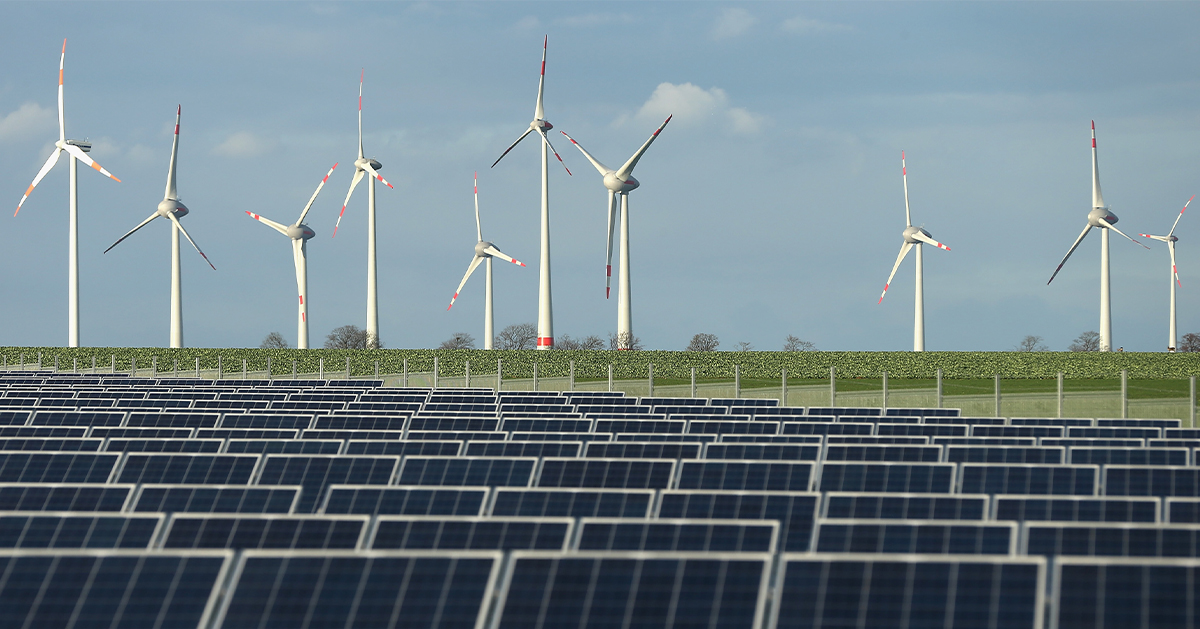America’s $22 trillion economy depends on a strong and reliable network of transportation and water infrastructure. Unfortunately, many aspects of our system have not been updated for decades, and in fact our infrastructure lags behind other advanced economies around the world.
The American Society of Civil Engineers gave the nation’s infrastructure a D+ rating in its 2017 Infrastructure Report Card, indicating that a majority of U.S. infrastructure assets “exhibit significant deterioration” and that the network’s “condition and capacity are of serious concern with strong risk of failure.”
Properly addressing the nation’s aging infrastructure requires action not only at the federal level, but also at the state and local levels, where most infrastructure spending is carried out. This document examines the key role that state and local governments play in providing and maintaining the nation’s transportation and water infrastructure.
Federal versus State and Local Infrastructure Spending
State and local governments are responsible for the majority of transportation and water infrastructure spending in the United States. Transportation infrastructure includes highways, mass transit, aviation, water transportation, and rail. Water infrastructure includes dams, levees, water distribution systems, and wastewater treatment facilities. According to the Congressional Budget Office (CBO), state and local governments contributed over three-quarters, or $342 billion, of the total $441 billion in public spending for transportation and water infrastructure in 2017. On average, that proportion remained constant between 1956 and 2017, with state and local governments funding about three-quarters ($15 trillion) of the total $20.4 trillion spent during that period on infrastructure construction and maintenance, while the federal government covered the remaining $5.4 trillion.
Public spending on infrastructure applies to both capital investment as well as operation and maintenance:
- Capital investment refers to spending for new projects and the modernization of existing assets.
- Spending for operation and maintenance includes outlays for the upkeep of infrastructure assets to ensure structural viability, as well as costs associated with administering public infrastructure, such as wages for toll operators.
In 2017, total public spending for the operation and maintenance of transportation and water infrastructure was $266 billion, with state and local governments covering $240 billion, or 90 percent. Capital investment totaled $174 billion, of which state and local governments contributed $102 billion, or 59 percent. In short, the federal government focused a majority of its infrastructure funding on capital investment, while state and local governments shouldered most of the costs to operate and maintain the assets.
Federal, state, and local governments distribute their capital investment and spending for operation and maintenance across a variety of infrastructure categories; the precise amount of funding for each category differs between the levels of government. In 2017, state and local governments outspent the federal government across every major category of infrastructure, in some cases by substantial amounts. For example, although the federal government typically allocates a majority of its total infrastructure investment towards highway support ($46 billion in 2017), state and local governments contributed nearly triple the amount ($131 billion). In the same year, water utilities saw the largest difference in federal versus state and local funding, with 96 percent of total investment coming from state and local governments.
How Governments Invest in Infrastructure
At the federal level, infrastructure investments are made in one of two ways:
- Directly, such as when the Army Corps of Engineers constructs a physical asset, or
- Indirectly through grants, which are typically conditional upon state and local governments also contributing their own funds
According to CBO, grants and loan subsidies accounted for 70 percent of the federal government’s $98 billion in total spending for infrastructure in 2017. Over 90 percent of the total grant amount went towards capital investment. CBO also notes that most federal grants for physical capital go towards transportation, particularly highways.
In addition to federal grants, state and local governments pay for infrastructure investments out of their own budgets – either through taxes or by borrowing. Nearly all states have balanced budget requirements for their operating budgets, but are able to borrow for capital projects. Much of the borrowing done by state and local governments is implicitly subsidized by the federal government. There are four types of financing mechanisms:
- Tax-Exempt Bonds are securities issued by state and local governments where the interest paid on the bonds is exempt from federal taxes. Tax-exempt bonds are the most common of all the federally supported financing mechanisms.
- Tax Credit Bonds are securities that provide investors with an annual credit toward their federal income tax liability – the credit is either in the place of, or in addition to, the interest that would typically be paid on the bonds. As part of the American Recovery and Reinvestment Act, state and local governments in 2009 and 2010 issued Build America Bonds, which were “direct-pay” tax credit bonds where the federal government made cash payments to the state and local governments that issued the securities equal to a percentage (35 percent in both 2009 and 2010) of the interest paid to investors.
- State Revolving Funds and Infrastructure Banks are institutions created and operated by state governments and funded primarily by grants from the federal government to provide assistance to certain projects in the form of loans, loan guarantees, lines of credit, or bond insurance.
- Direct Federal Credit Programs allow the federal government to lend money directly to state and local governments to provide lines of credit or guarantee loan repayment for funds that state and local governments borrowed from other lenders.
The foregone tax revenue from tax-exempt bonds along with direct federal outlays for tax credit bonds, state revolving funds and infrastructure banks, and direct federal credit programs come at a cost to the federal government.CBO estimates that state and local governments used federally supported financing mechanisms to invest an average of $64 billion per year in infrastructure projects between 2007 and 2016, or a combined $644 billion over the decade.
States and localities may also turn to the private sector for help in carrying out infrastructure projects. In such public-private partnerships, the private party assumes responsibility for several stages of the project like design, construction, financing, operation, and maintenance. Advocates of those types of arrangements argue that they provide much-needed capital assistance for state and local governments while also incentivizing private parties to ensure good outcomes. Critics contend that public-private partnerships are driven first by profit potential rather than serving the best interests of taxpayers, especially if the partnerships result in inadequate construction or maintenance standards or higher-than-anticipated costs that could lead to bankruptcy, cancellation, or delays. For example, when highway toll revenues plummeted during the 2008 financial crisis, many of the private parties ultimately went bankrupt.
The Bottom Line
America’s crumbling infrastructure is a threat to our economic future, and addressing this issue will involve action at the federal, state, and local level. A majority of Americans believe that infrastructure should be a policy priority, and economic analysis supports the idea that investment in infrastructure yields positive effects on productivity, and by extension on economic growth. Bolstering the nation’s infrastructure would mean significant new spending which must be weighed against other priorities in the budget as well as our current fiscal outlook, but there is strong evidence that prioritizing investment in the nation’s infrastructure today would contribute to a stronger and more economically vibrant America in the future.
Image credit: Photo by Spencer Platt/Getty Images
Further Reading
How Do Quantitative Easing and Tightening Affect the Federal Budget?
The Federal Reserve plays an important role in stabilizing the country’s economy.
How Do Federal Student Loans Affect the National Debt?
Student debt held has been steadily increasing ever since the federal government switched to direct lending.
How Does Climate Change Affect the Federal Budget?
Climate change and its effects already impose a cost on the American economy and the federal budget.


